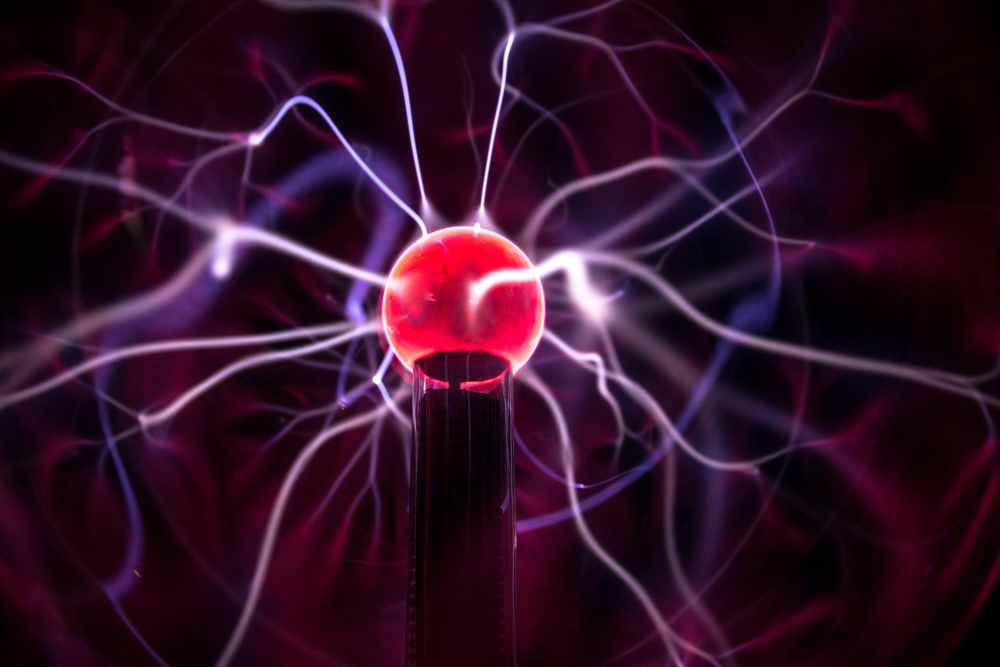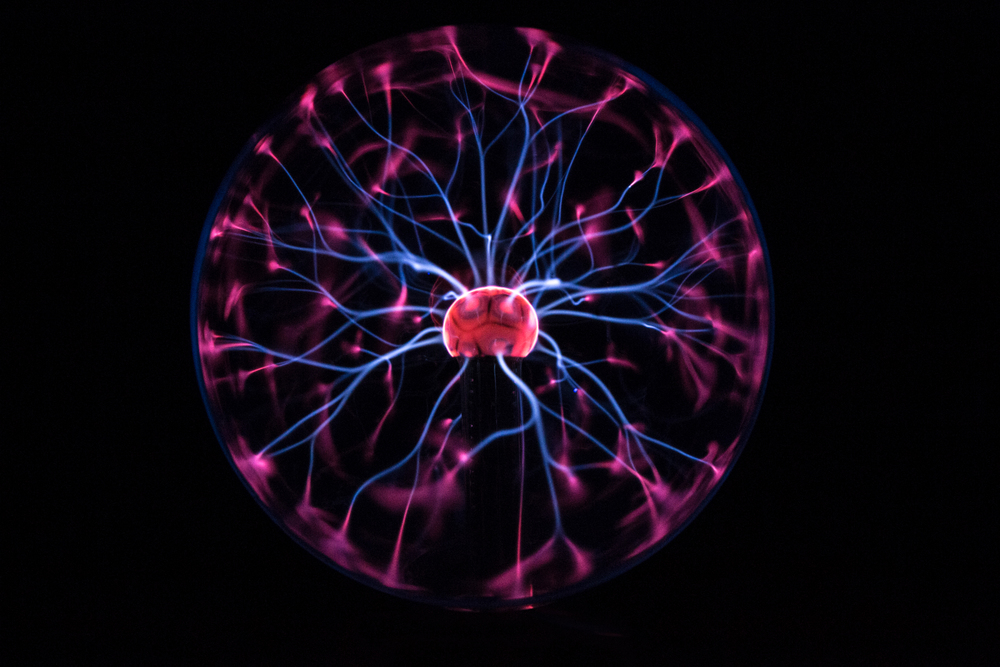The Unsung Genius of Modern Electricity
Mia Santos
2025-11-05
6 min read

Nikola Tesla is one of history's most underappreciated geniuses. While Thomas Edison often receives credit for the light bulb and the advent of electricity, it was Tesla who truly revolutionized how we use and understand electrical power. This blog post aims to shed light on Tesla's groundbreaking contributions to alternating current (AC) and his lasting impact on modern electricity. Through an exploration of his life, inventions, and vision, we'll uncover why Tesla remains an enduring icon in the world of science and technology.
Tesla’s Early Life and Education
Nikola Tesla was born on July 10, 1856, in what is now Croatia. From a young age, he exhibited an incredible aptitude for mathematics and science. His early education took him to the Austrian Polytechnic in Graz, where he first began to immerse himself in the world of electrical engineering. Tesla's insatiable curiosity and drive for innovation were apparent even in his early years. In 1884, Tesla emigrated to the United States, arriving with little more than his boundless imagination and an ambition to change the world. He started working with Thomas Edison but soon found their approaches to electrical engineering incompatible.
The Birth of Alternating Current (AC)
Tesla's most significant contribution to modern electricity is arguably his development of alternating current (AC). Before AC, direct current (DC), promoted by Edison, was the standard. However, DC was inefficient for long-distance electricity transmission. Tesla recognized that AC could overcome these limitations. In 1887, Tesla developed the first practical AC motor and transformer. His innovations allowed electricity to be transmitted over vast distances without significant loss of power. This breakthrough laid the groundwork for the widespread adoption of electrical power, fundamentally changing how cities and industries operated.
The War of Currents
The rivalry between Tesla and Edison culminated in what is known as the "War of Currents." Edison, a staunch advocate of DC, launched a campaign to discredit AC, highlighting its potential dangers. Tesla, backed by industrialist George Westinghouse, demonstrated the safety and efficiency of AC through various public experiments. One notable demonstration was the 1893 Chicago World's Fair, where Tesla illuminated the entire fair using AC power. This landmark event showcased the superiority of AC and signaled its eventual dominance over DC.
Innovations Beyond Electricity
Tesla's genius extended beyond the realm of electricity. He held over 300 patents and contributed to a wide array of fields. His inventions include the Tesla coil, a high-voltage transformer still used in radio technology today, and early concepts for wireless communication. Tesla also explored the potential of X-rays, theorized about radar technology, and even dabbled in the development of what he called "teleforce," a directed-energy weapon often referred to as the "death ray." His visionary ideas often seemed to straddle the line between science fiction and reality.
The Tesla Coil
One of Tesla's most famous inventions is the Tesla coil. Developed in 1891, this resonant transformer circuit produces high-voltage, low-current electricity. The Tesla coil became a fundamental component in radio technology, enabling the wireless transmission of signals. Tesla coils are still used today in various applications, from entertainment and educational demonstrations to medical devices. Their ability to generate impressive electrical arcs has made them a staple in popular culture and scientific exhibitions.
Wireless Power Transmission
Tesla's vision extended to the wireless transmission of power. He believed that it was possible to transmit electricity through the air, eliminating the need for wires. In 1899, he conducted experiments in Colorado Springs, attempting to transmit power wirelessly over long distances. Although Tesla's ambitious plans for wireless power transmission were never fully realized, his work laid the foundation for modern wireless technologies, including Wi-Fi and wireless charging.

Contributions to Radio Technology
While Guglielmo Marconi is often credited with the invention of radio, Tesla's contributions were indispensable. In 1893, Tesla demonstrated the principles of wireless communication, and he received numerous patents related to radio technology. In 1943, the U.S. Supreme Court ruled that several of Marconi's patents were invalid, recognizing Tesla's prior work. This decision affirmed Tesla's role as a pioneer in the development of radio.
The Visionary Mind of Tesla
Tesla's mind was a wellspring of visionary ideas. He imagined a future where machines could be operated remotely, long before the advent of remote control technology. He also envisioned the creation of a global wireless communication network, a concept that closely mirrors today's internet. Tesla's ability to see beyond the present and into the future set him apart as a true visionary. His ideas continue to inspire scientists, engineers, and inventors to push the boundaries of what is possible.
Challenges and Setbacks
Despite his brilliance, Tesla faced numerous challenges and setbacks throughout his life. Financial difficulties, skepticism from peers, and intense competition with other inventors often hindered his progress. One of Tesla's most ambitious projects, the Wardenclyffe Tower, aimed to provide wireless power transmission and global communication. However, the project was never completed due to financial constraints and a lack of support from investors.
Legacy and Recognition
Although Tesla's contributions were not fully recognized during his lifetime, his legacy has endured. Today, he is celebrated as a pioneer of modern electricity and a visionary inventor. His work continues to influence various fields, from electrical engineering to telecommunications. Numerous awards, honors, and institutions bear Tesla's name, including the Tesla Science Center at Wardenclyffe and the Tesla Memorial Society. The international unit of magnetic flux density, the tesla, is also named in his honor.
Modern Applications of Tesla’s Inventions
Tesla's inventions have found applications in a wide range of modern technologies. The principles behind his AC system are still used in power generation and distribution. Tesla coils remain integral to radio technology, and his work on wireless communication paved the way for the development of devices like smartphones and Wi-Fi routers. Tesla's influence extends to the automotive industry as well. Electric car manufacturer Tesla, Inc., founded by Elon Musk, pays homage to the inventor by bearing his name and continuing his legacy of innovation.
Tesla's Enduring Influence
Tesla's impact on the world of science and technology cannot be overstated. His inventions and ideas continue to shape the modern world, and his legacy serves as a testament to the power of creativity and innovation. Aspiring inventors and engineers can draw inspiration from Tesla's relentless pursuit of knowledge and his ability to see possibilities where others saw limitations. His story reminds us that the path to greatness is often fraught with challenges, but perseverance and vision can lead to extraordinary achievements.
Nikola Tesla's life and work exemplify the spirit of innovation and the relentless pursuit of progress. From his development of alternating current to his visionary ideas about wireless communication, Tesla's contributions have left an indelible mark on the world. As we continue to explore new frontiers in science and technology, we can look to Tesla's legacy for inspiration. His ability to envision the future and push the boundaries of what is possible serves as a guiding light for those who seek to make a lasting impact on the world. For those interested in learning more about Tesla's life and work, numerous resources are available, including biographies, documentaries, and museums dedicated to preserving his legacy. By studying the life of this remarkable inventor, we can gain a deeper appreciation for the power of innovation and the enduring impact of visionary thinking.



